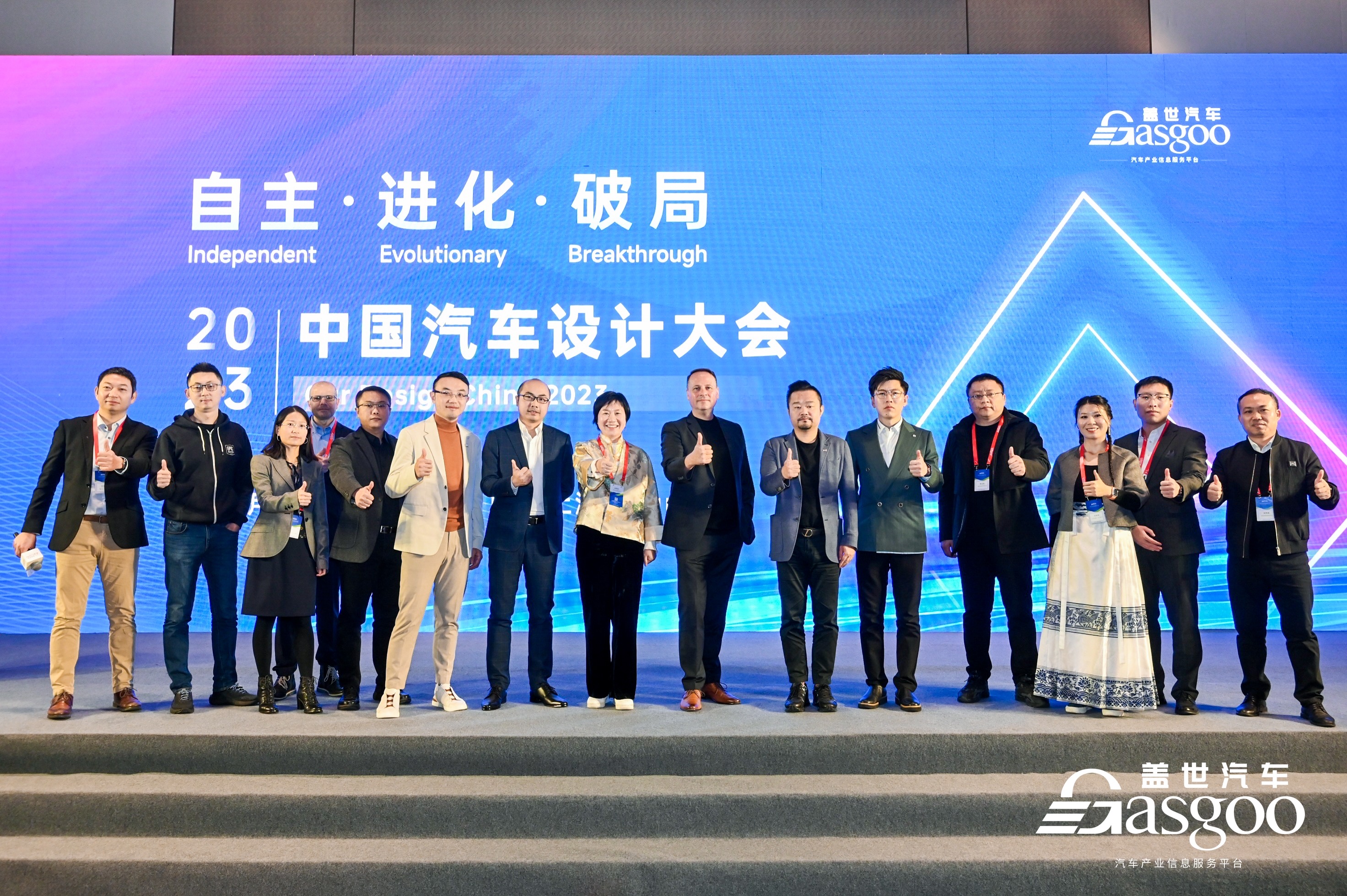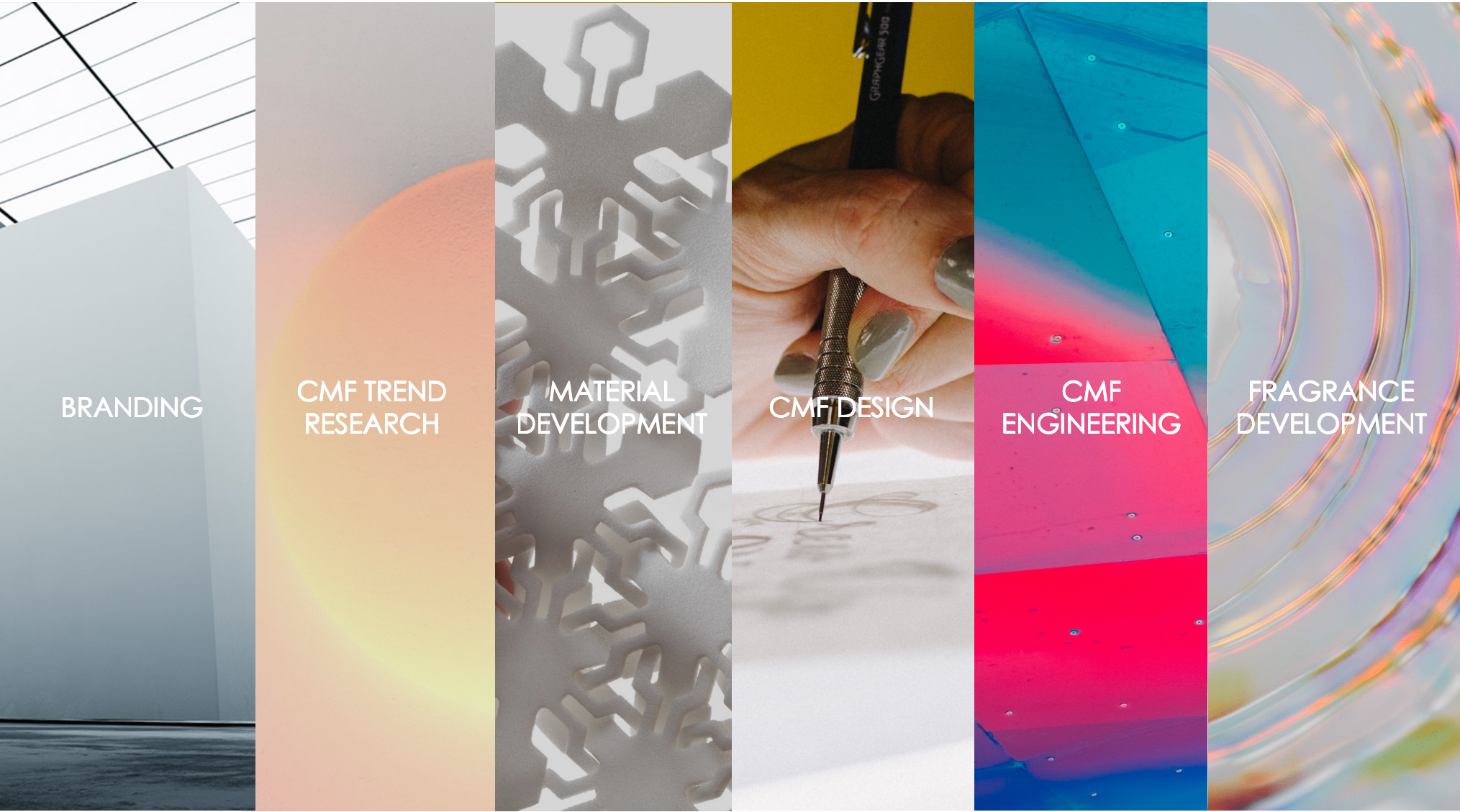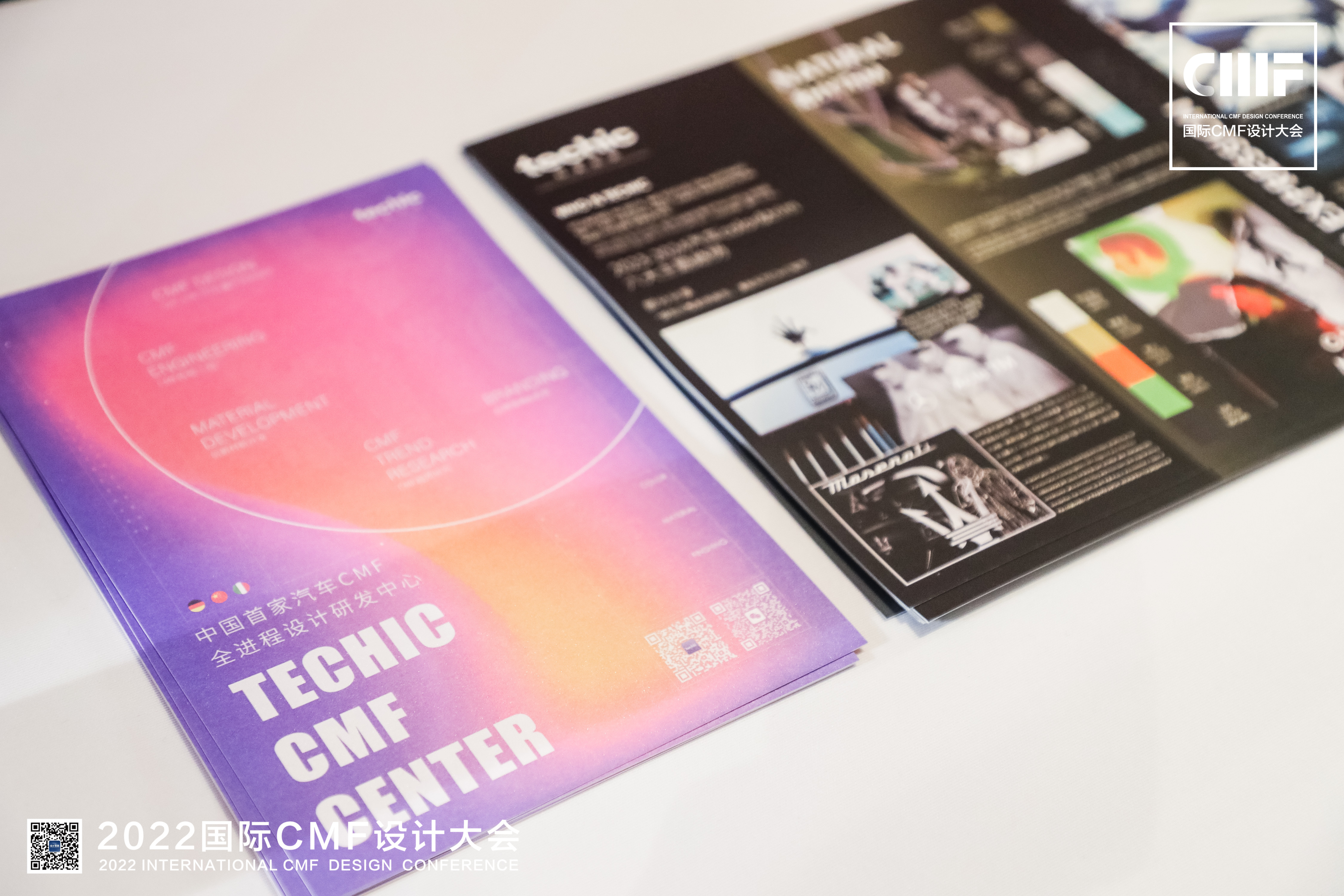CMF sits at the core of brand design, with a significant influence on product appearance, tactile experience, and brand ethos. A good CMF design can elevate a brand’s image, differentiating it from the market.
how do we thoroughly evaluate a CMF design? We need to factor in the following 12 essential elements:
01 Brand Recognition
02 Innovation and Uniqueness
03 User Experience
04 Quality and Finish
05 Market Adaptability
06 Ongoing Innovation and Improvement
07 Storytelling
08 Sustainability
09 Market Response
10 Competitiveness
11 Cultural Adaptability
12 Timelessness and Classic Value
07 Storytelling
Use CMF design to convey brand stories and build emotional connections with consumers. Designs should be able to communicate the brand’s core values and history for consumers to better identify with it and foster loyalty.
1) Brand storytelling
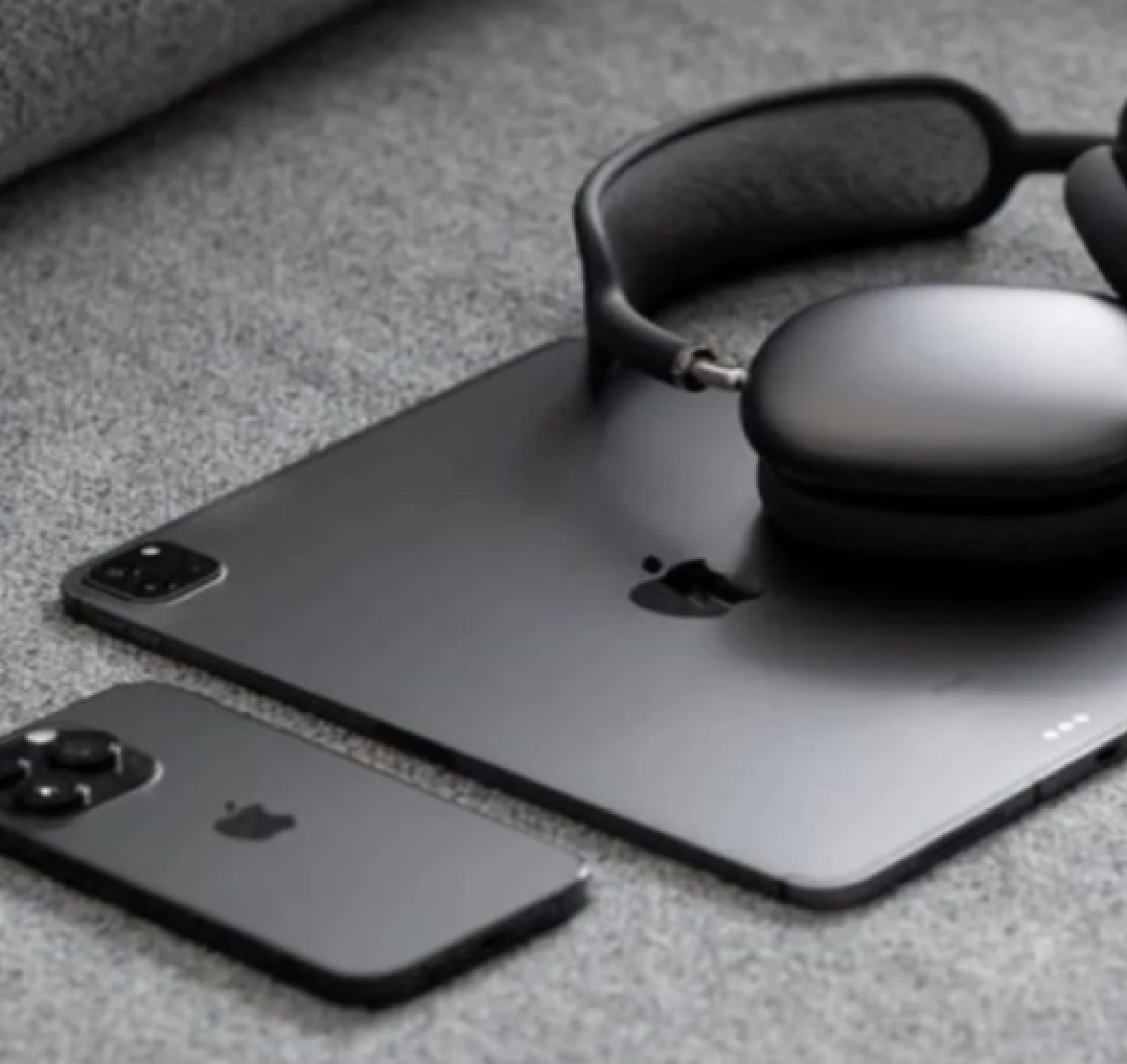
2) Metaphors and symbols
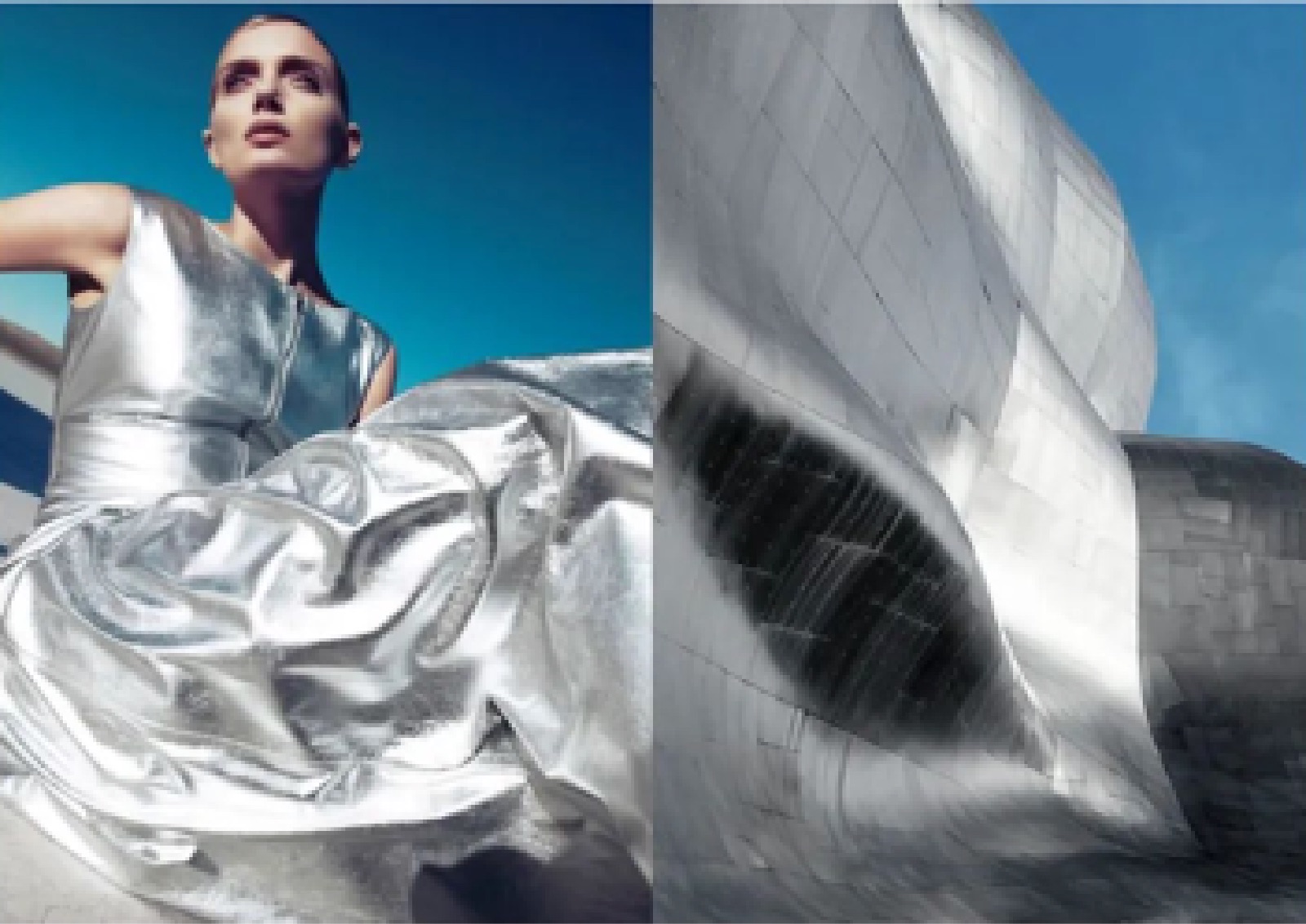
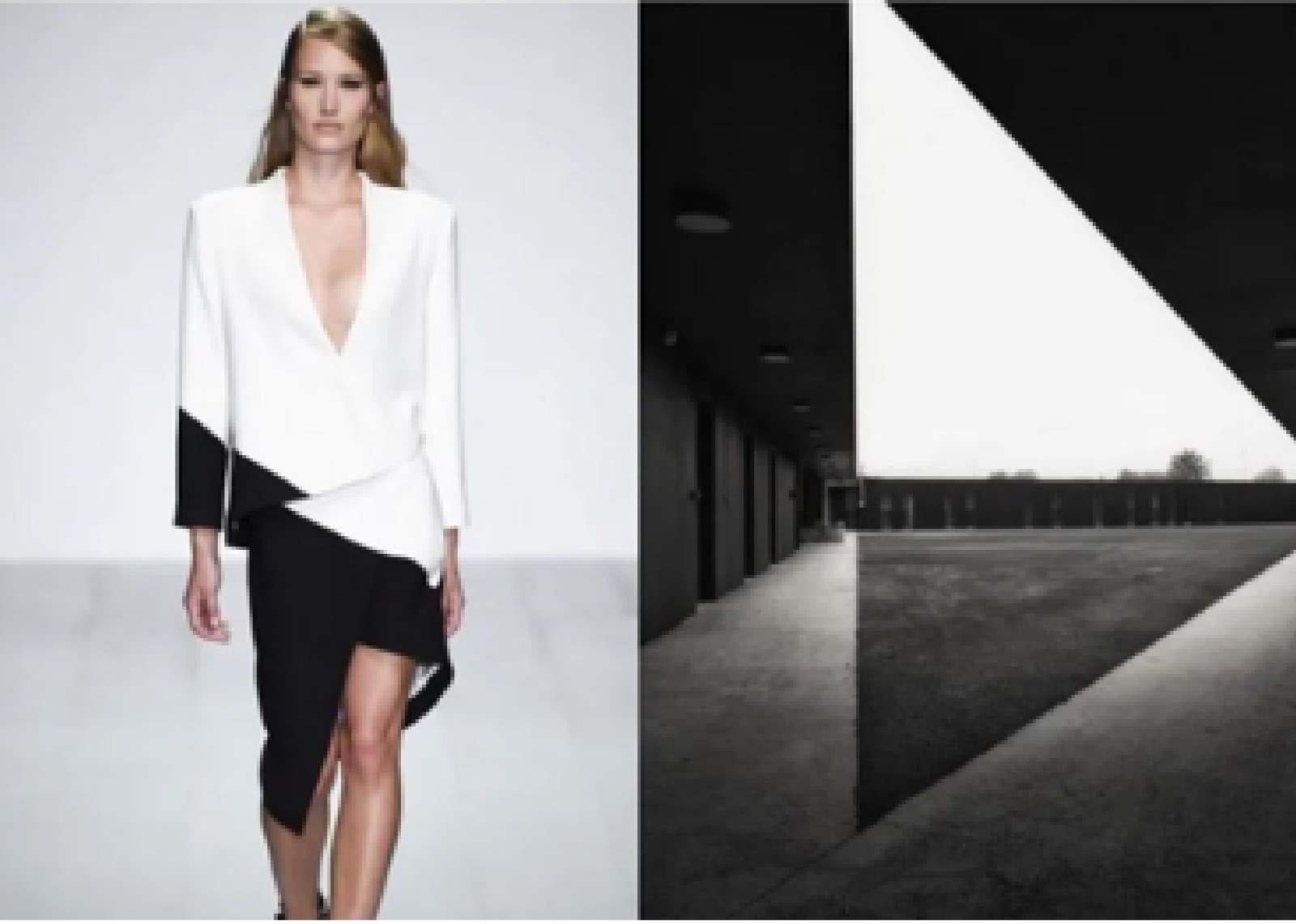
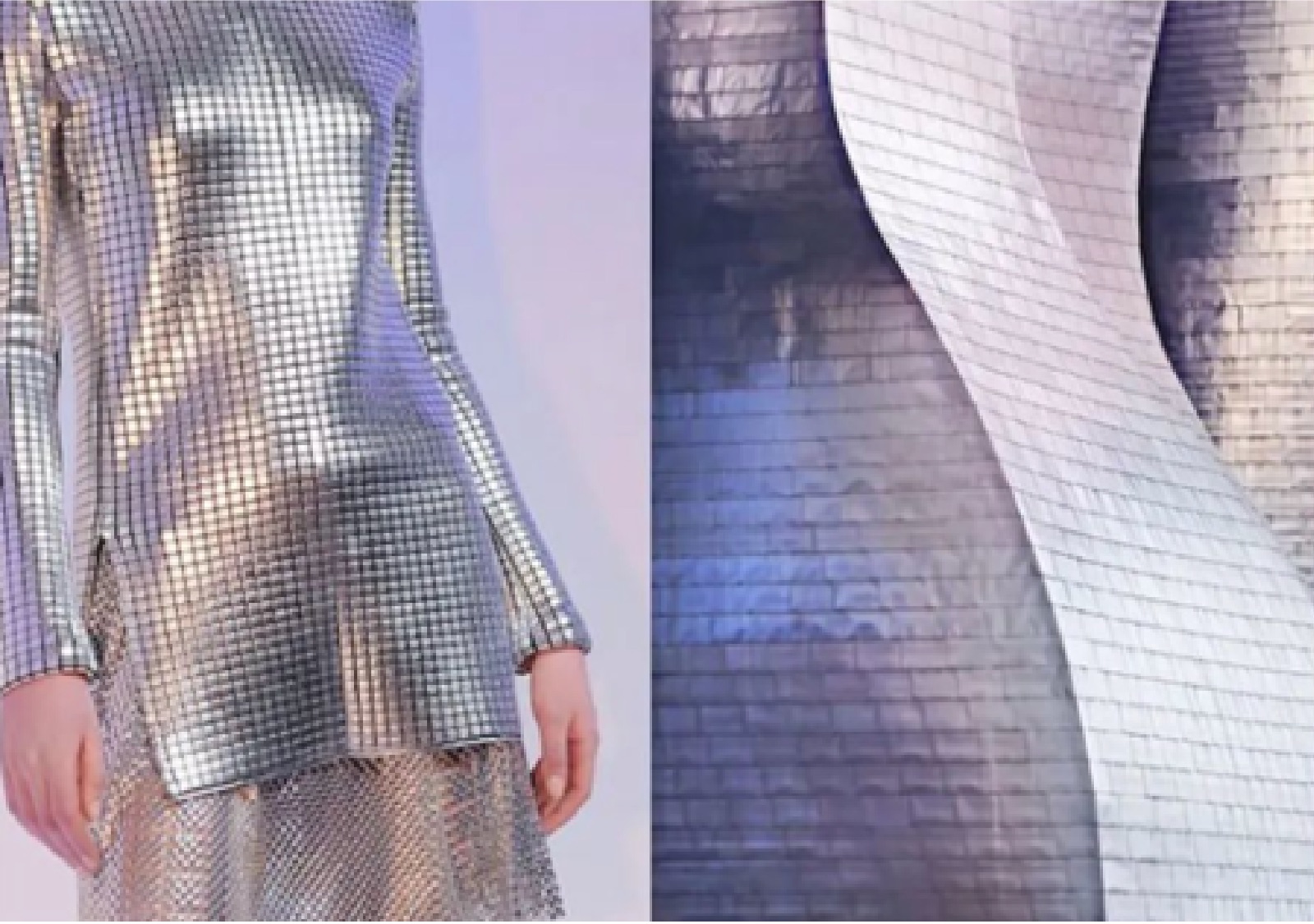
3) Building emotional connection
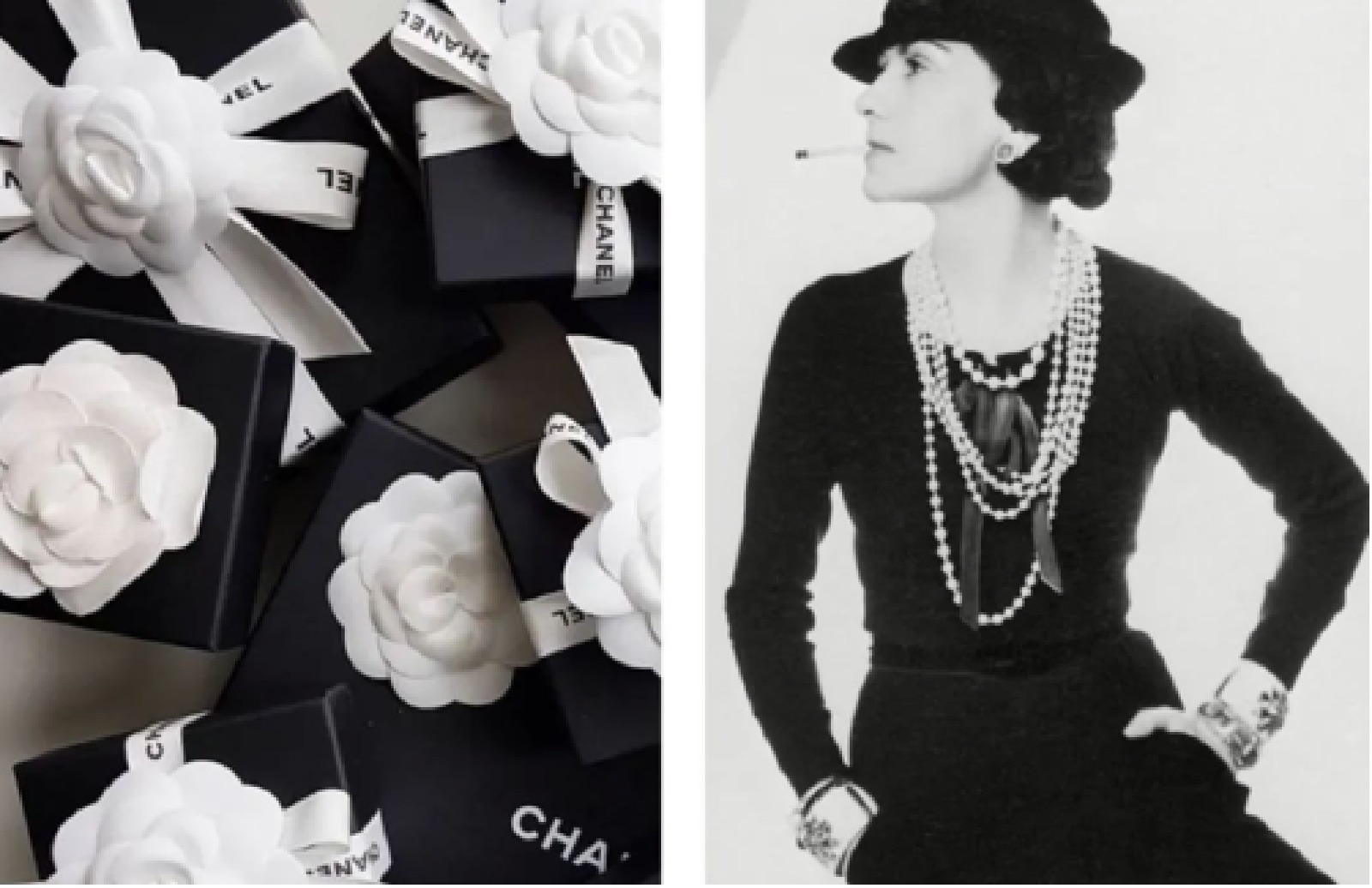
08 Sustainability
Consumers worldwide today are paying more attention to the sustainability of a brand. Applying eco-friendly materials, energy-efficient production processes, and recycling concepts into CMF design can meet consumer demands, elevating brand image and competitiveness, and laying the foundation for long-term development.
1) Adopting eco-friendly materials

2) Energy-efficient production process
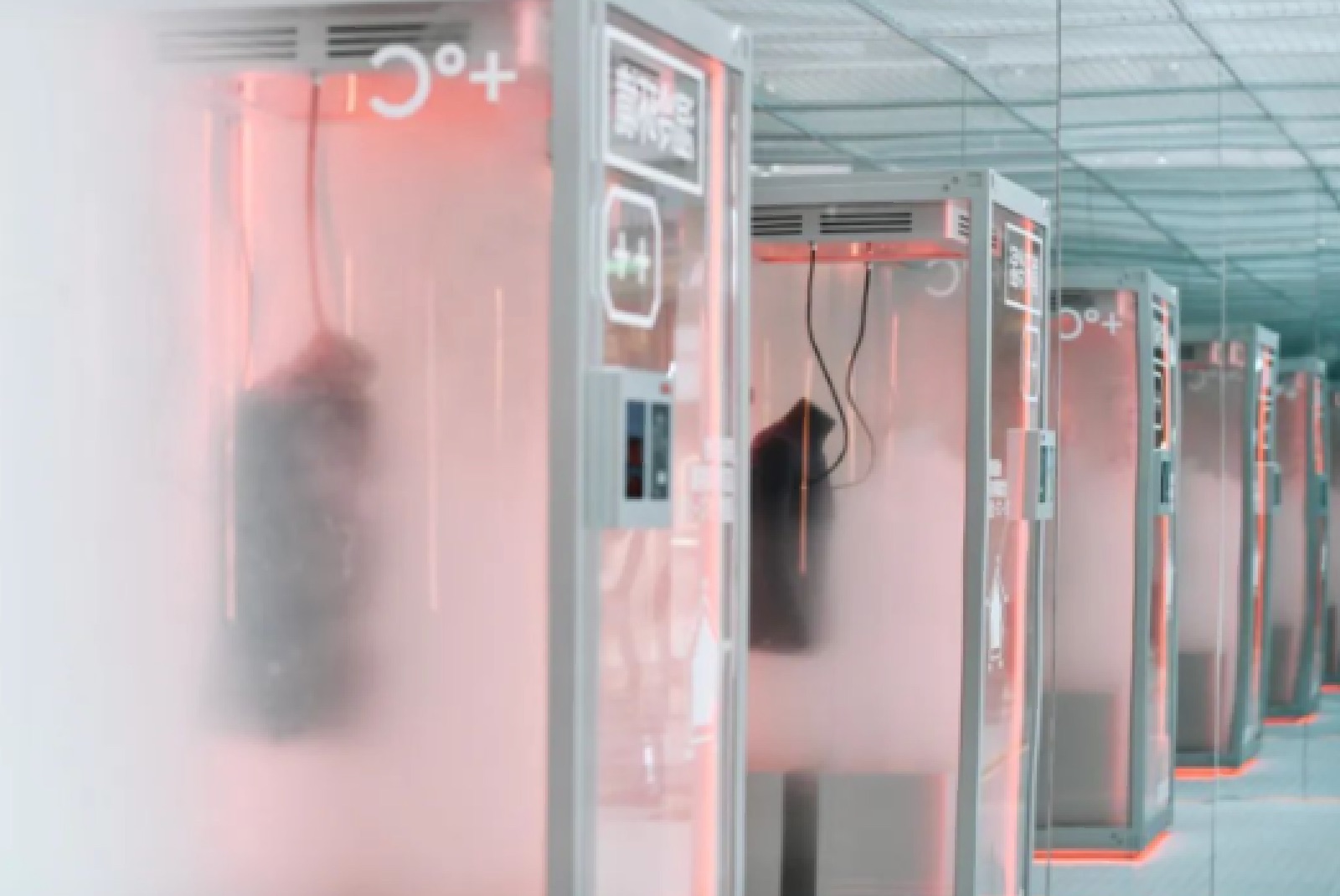
3) Recycling design concepts

09 Market Response
A comprehensive understanding of market response and accurately evaluating the performance of CMF design are instrumental to brand success. This requires leveraging market research and feedback mechanisms, sales data and market performance analysis, as well as competitor analysis and comparison. Based on these insights, adjustments to design strategies can be implemented to meet market demands and strengthen competitiveness.
1) Market research and feedback mechanisms

2) Sales data and market performance
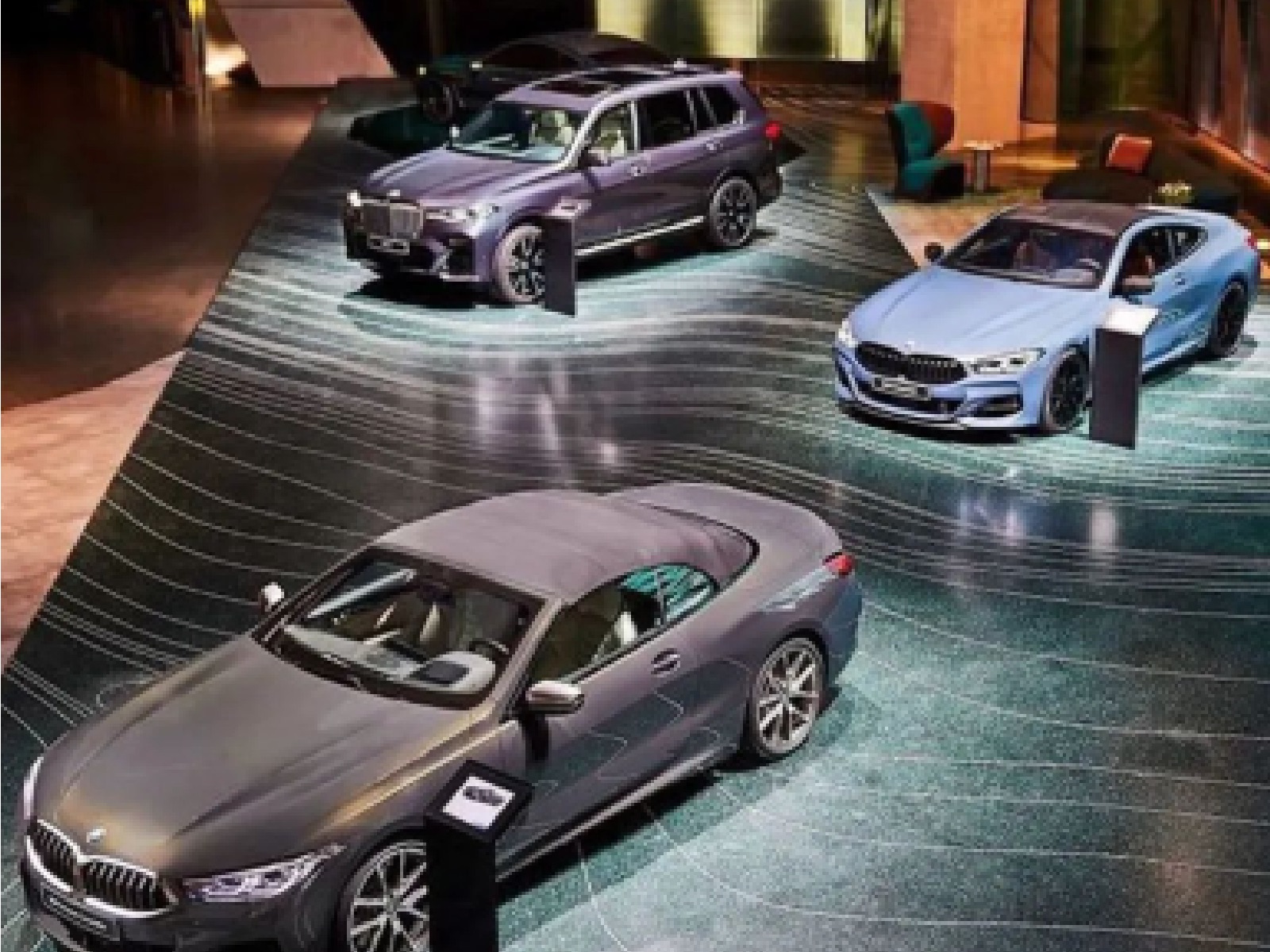
3) Competitor analysis and comparison
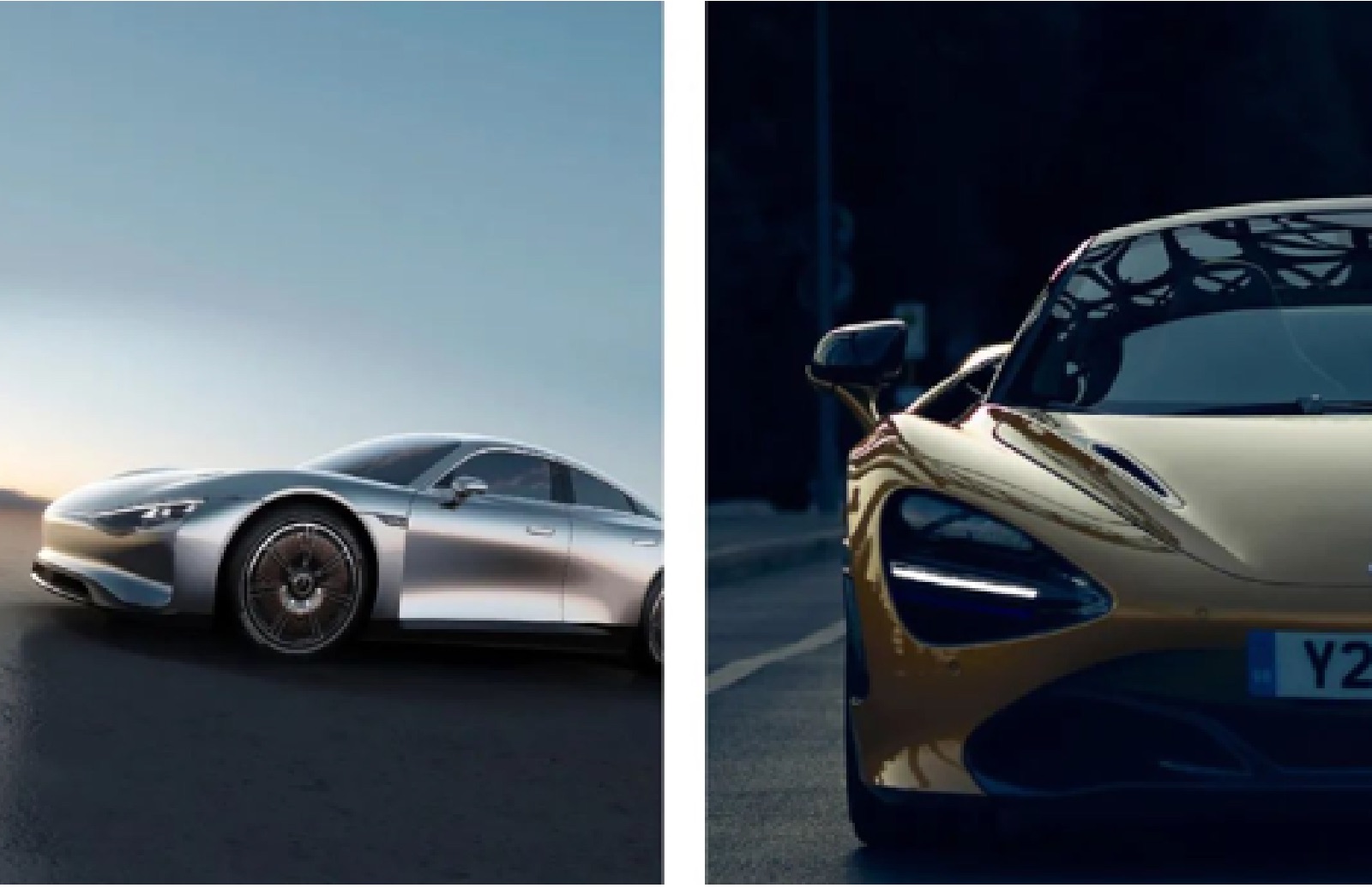
10 Competitiveness
In a highly competitive market, CMF design needs to be constantly refreshed and improved to stay competitive. By creating unique design styles, applying innovative technologies, and finding the accurate position in the market, brands can establish a competitive edge, capturing consumer attention and trust.
1) Unique design styles
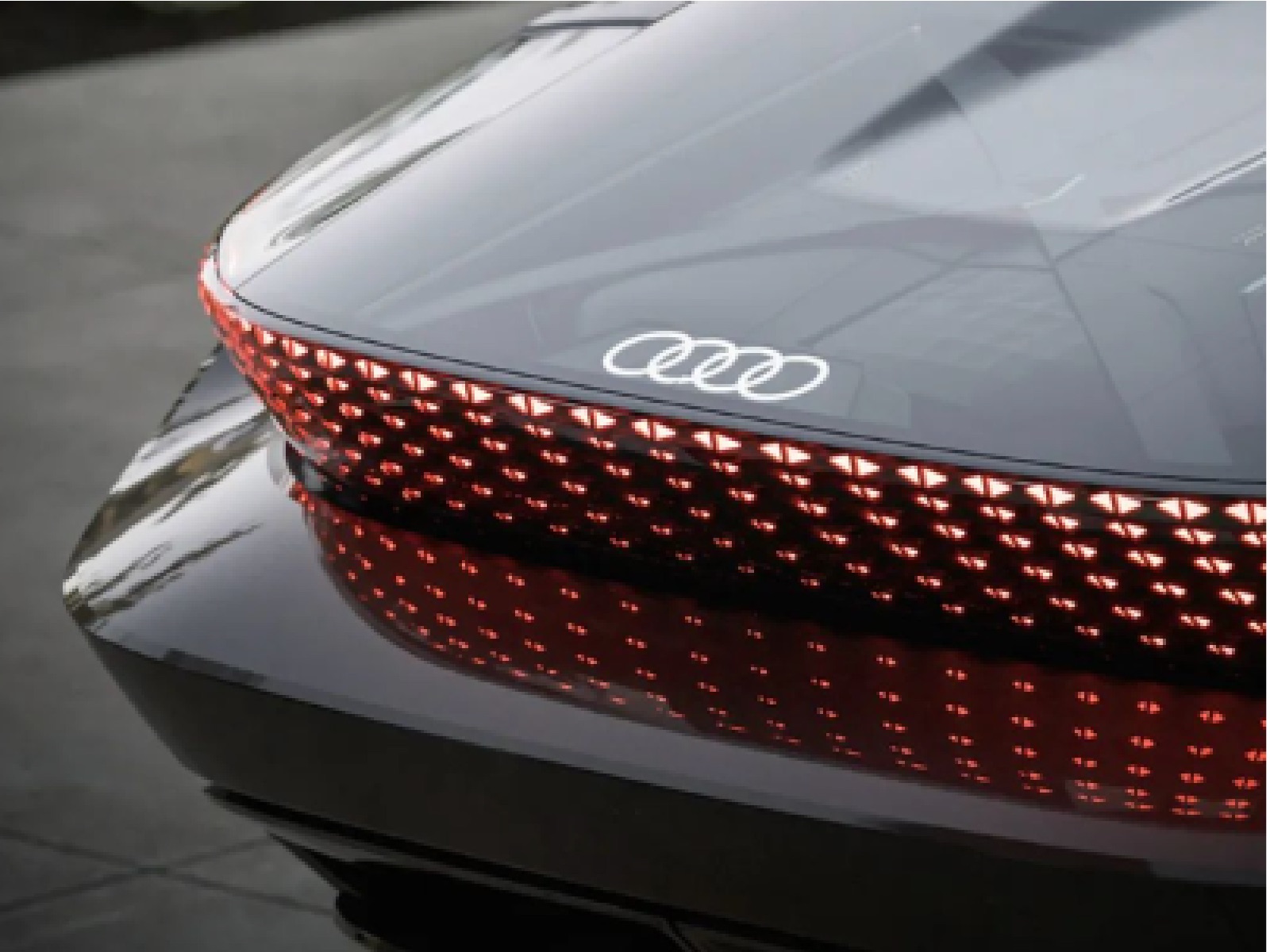
2) Applying Innovative technologies
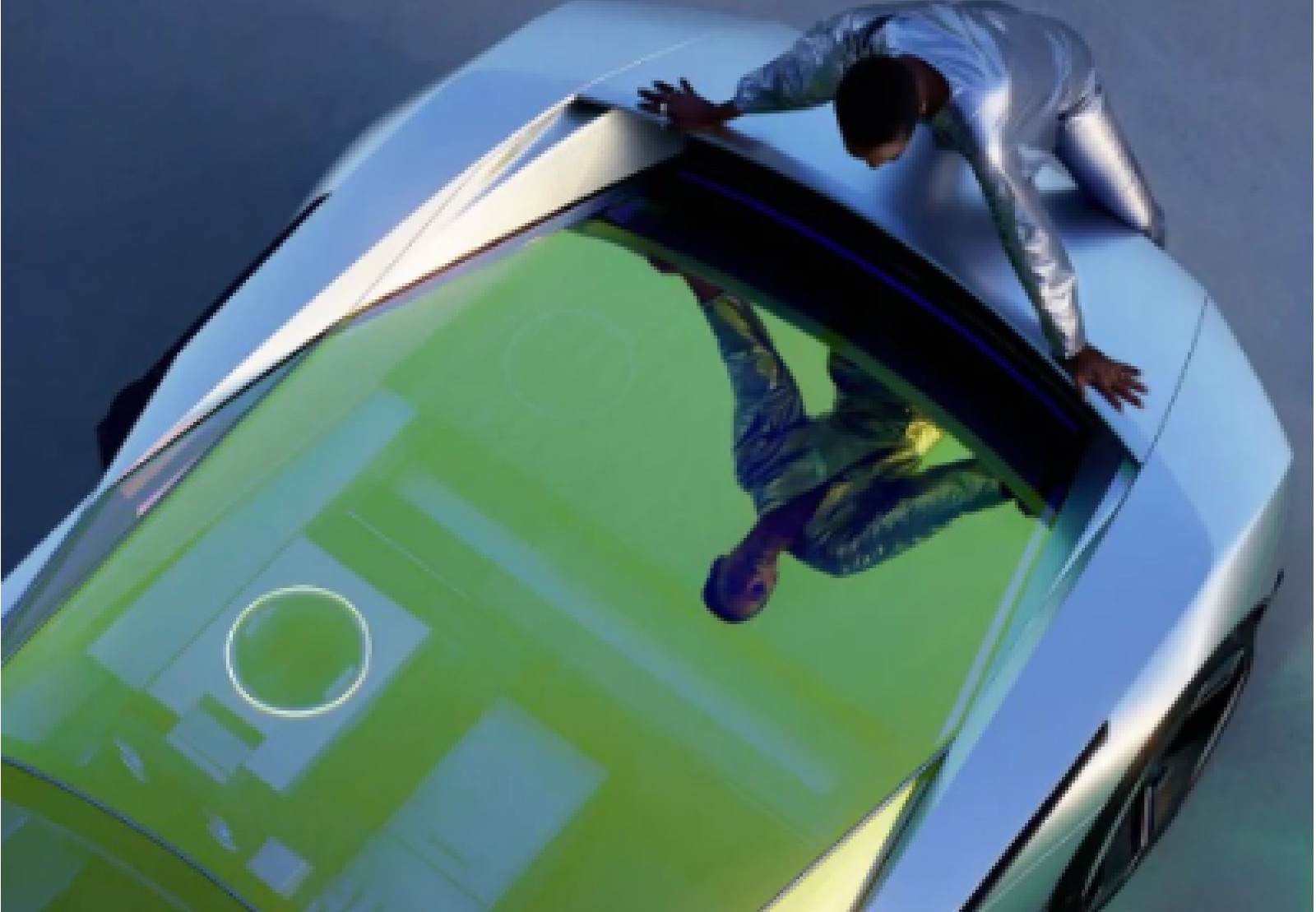

3) Precise market positioning

11 Cultural Adaptability
In a global context, brands need CMF designs that resonate with diverse cultures to win consumer affinity. By gaining a deep understanding of the target market cultures, adjusting design strategies flexibly, and integrating brand strategy with cultural nuances, brands can create highly adaptable CMF designs to strengthen their global competitiveness.
1) Understanding target market cultures

2) Flexible adjustment of design strategies

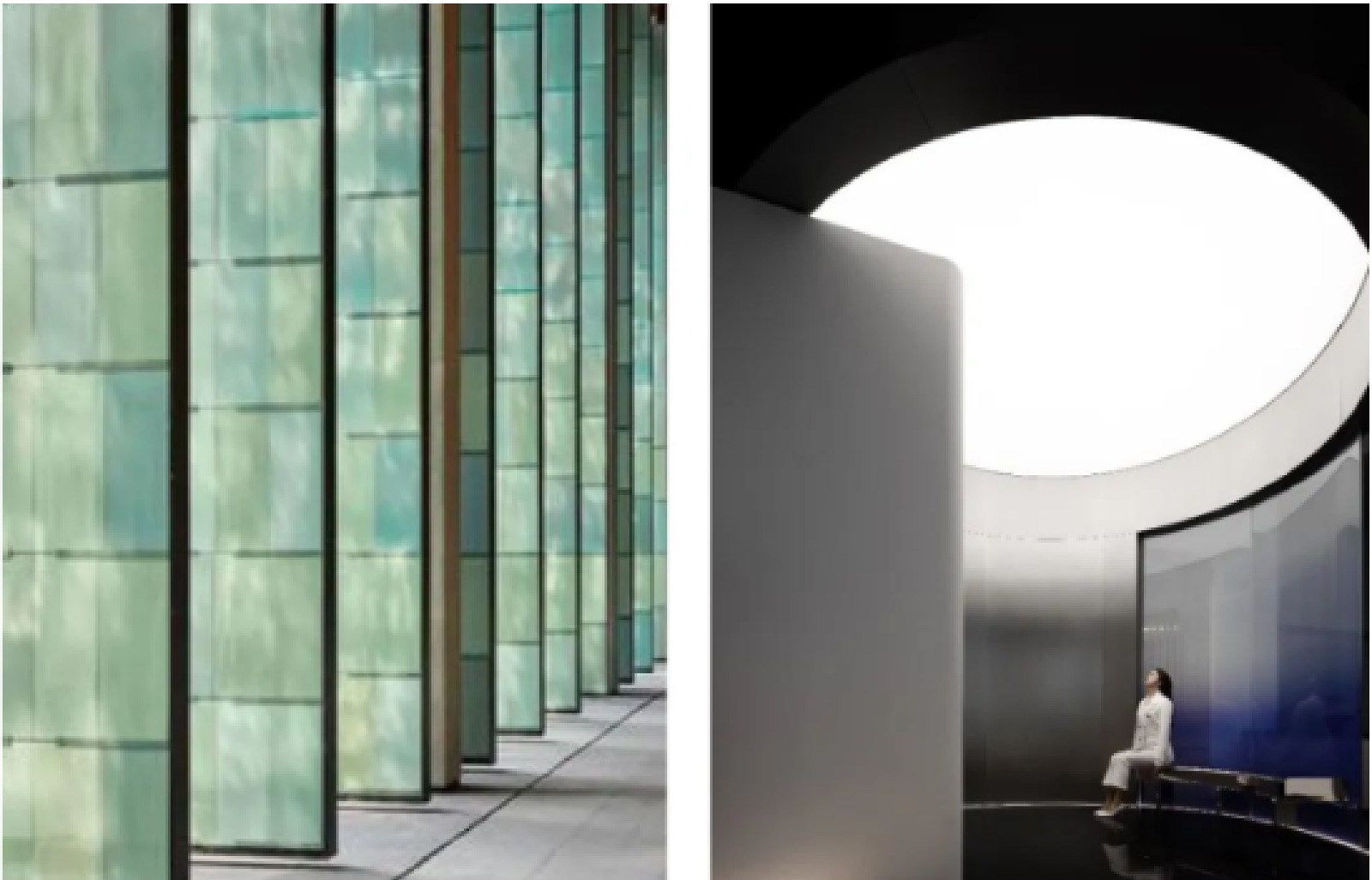
3) Long-term brand strategy and cultural integration

12 Timelessness & Classic Value
To make CMF designs timeless, brands need to balance between trendy and classic elements, continuously optimize and innovate, and develop long-term strategies. These efforts will create enduring charm and earn consumer trust.
1) Balancing between trendy and classic elements
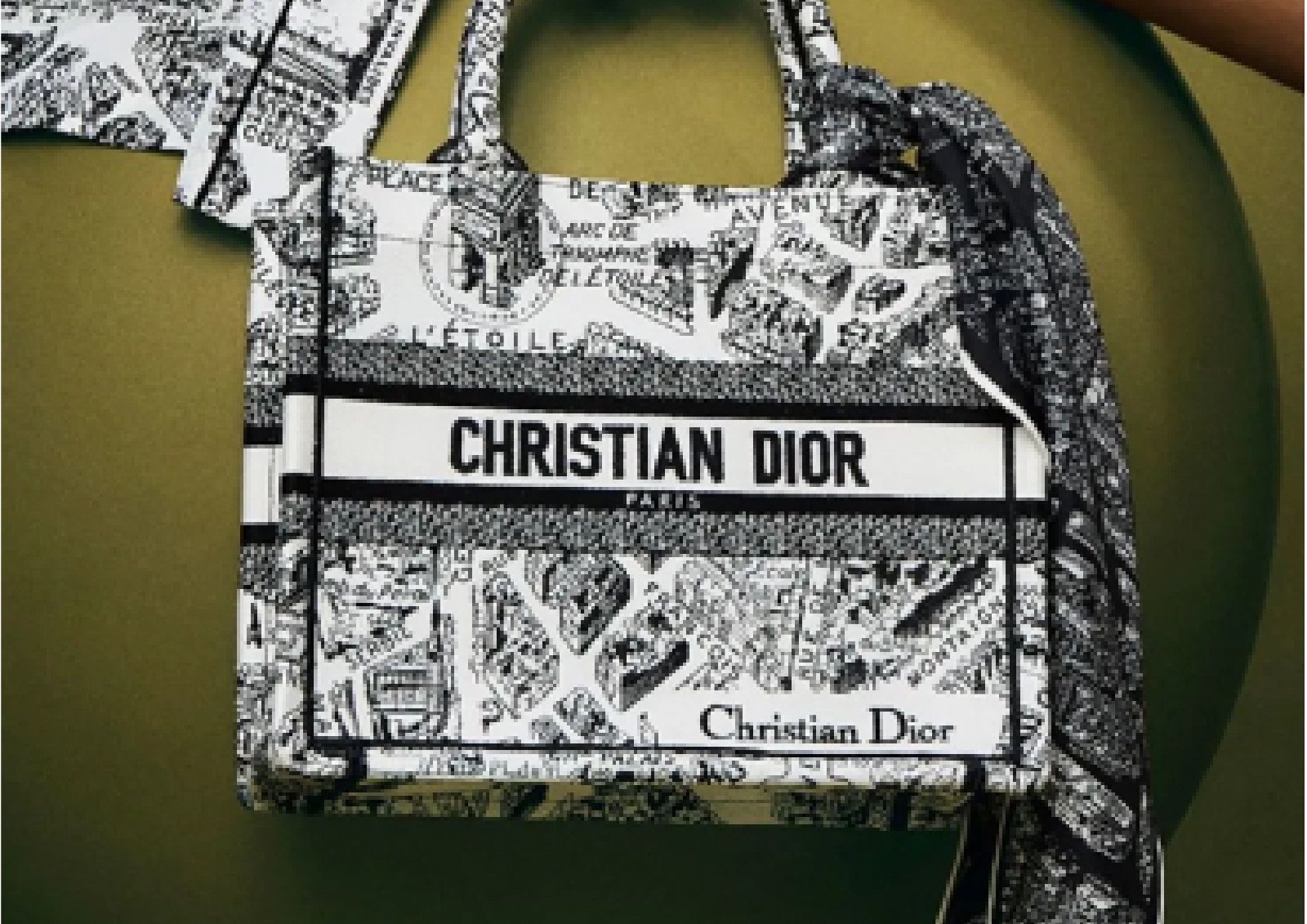
2) Ongoing optimization and innovation
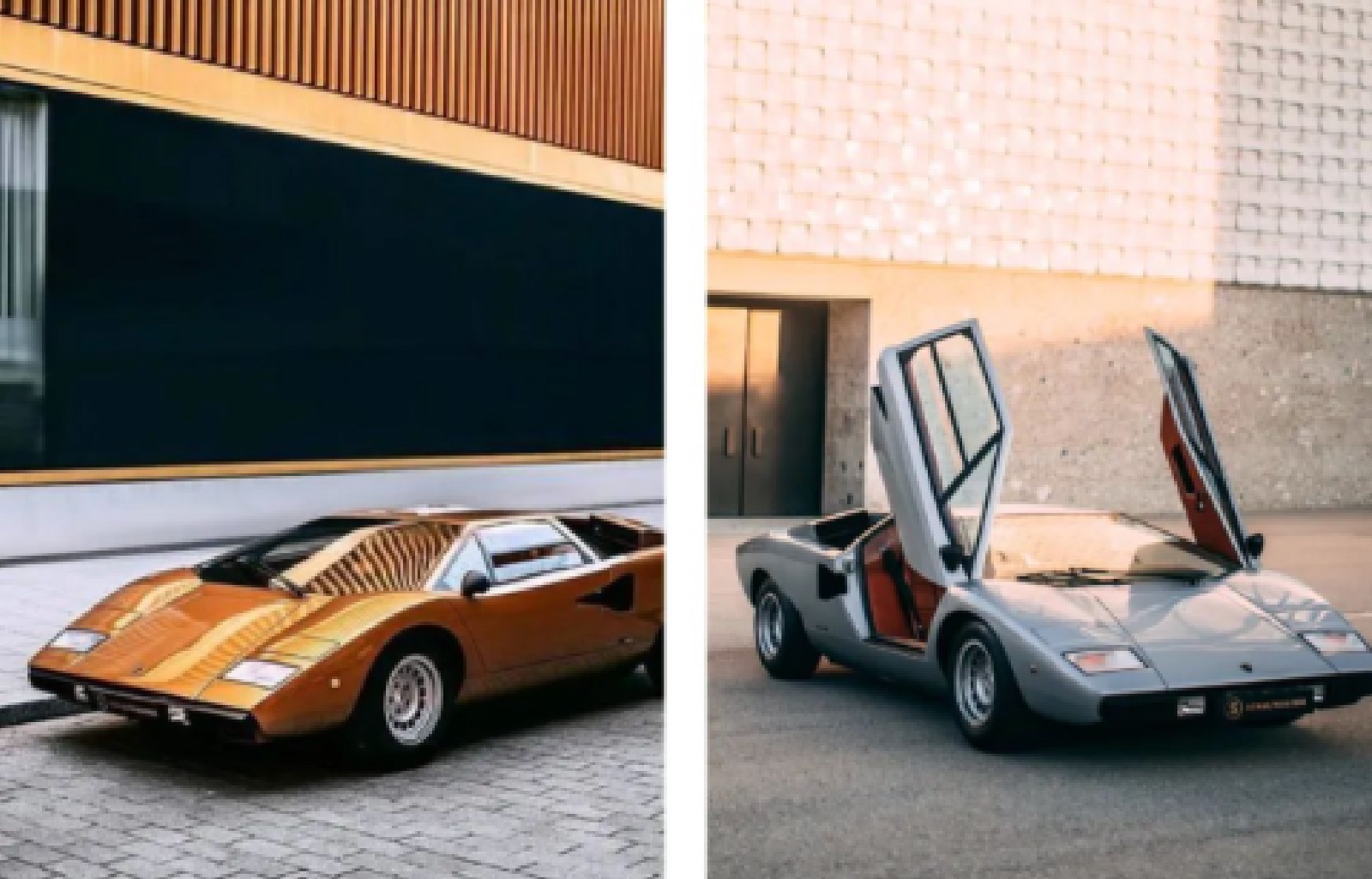
3) Long-term strategic planning

*All images are sourced from brands/internet. All rights belong to their respective brand/creator.
